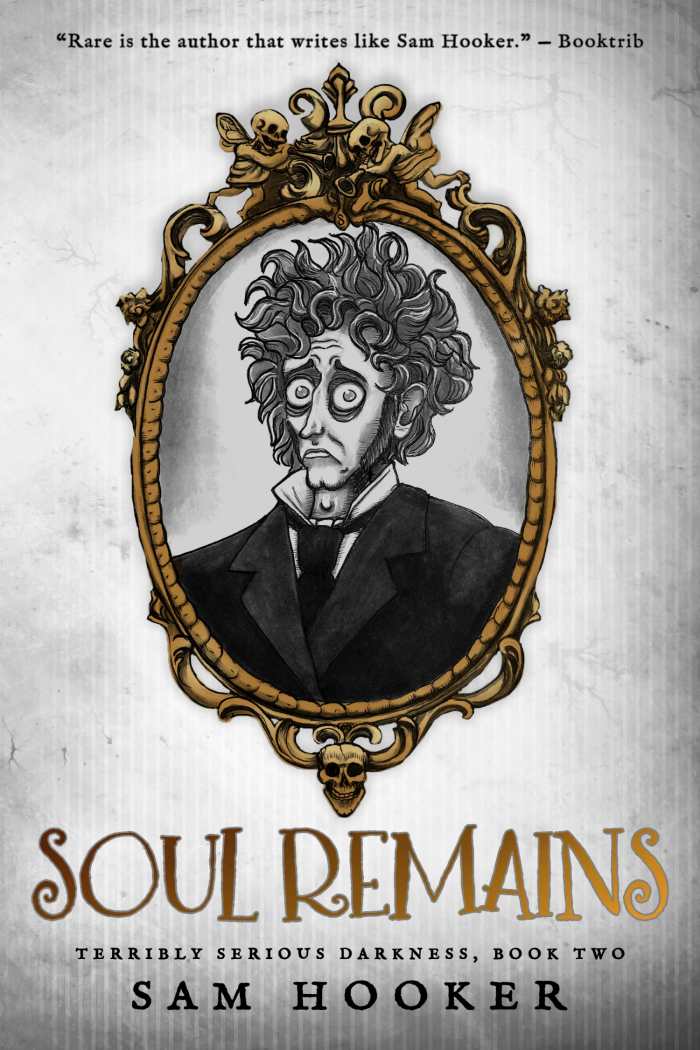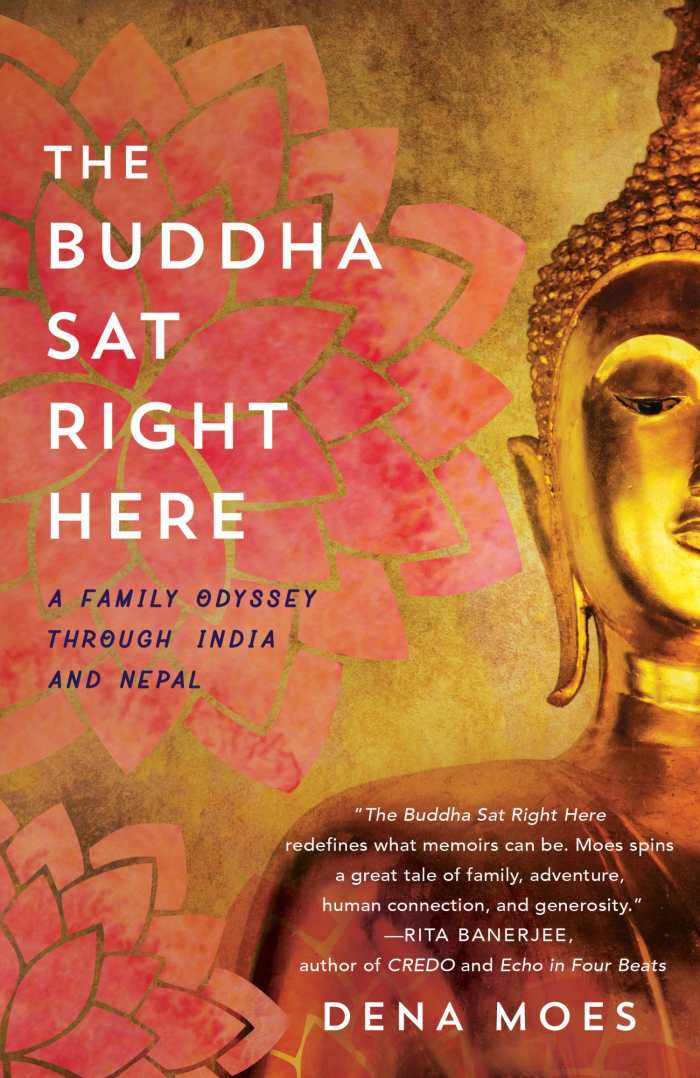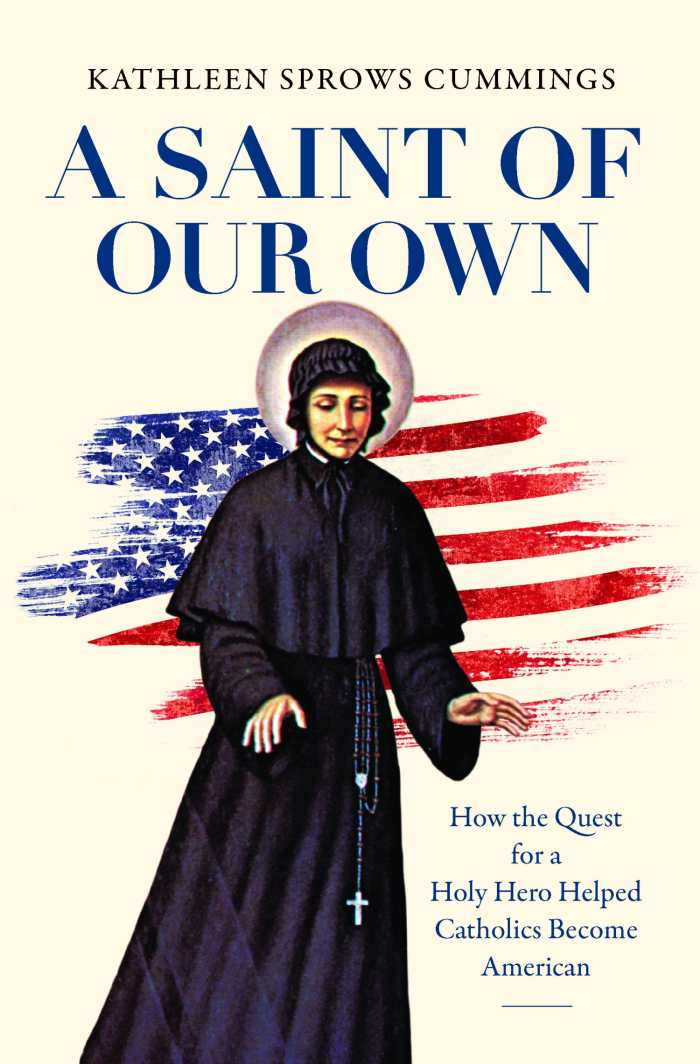It looks like you've stumbled upon a page meant to be read by our code instead of viewed directly. You're probably looking for this page.
Book of the Day Roundup April 22-26, 2019

The Book of Flora

Meg Elison
47North
Softcover $14.95
978-1-5420-4209-3
Buy: Local Bookstore (Bookshop), Amazon
In the aftermath of Nowhere, but still carrying the legacy of the Unnamed with them, Eddy, Ina, Alice, and the rest of the residents who survived the rapacious and dictatorial Lion are left with one overarching, reinforced truth: a person defined or marked as a woman exists in constant danger.
Flora knows this better than anyone. She may have been forced toward womanhood, but it’s also part of her identity. Those who rule Ommun, the city that takes the people of Nowhere in, do not respect this; the residents of Shy, an exclusively women’s city that she encounters while scavenging for books, might even commodify her womanhood. But Flora knows who she is.
In this installment of Meg Elison’s bold and genderqueer dystopia, survival cannot be achieved through masks or illusions; it is instead dependent on Flora’s variety of self-assurance. Inward constancy carries her and others through the unimaginable: Trafficking. Castration. Rape. War. It gives survivors something to hold on to and aspire toward.
The series hallmarks are here, including feverish concerns about reproduction and its aftermath. In a world where babies are near currency, they are also an albatross: “A person with a baby believes in possibility. They carry the whole future in their hands. A person with a small child is tired.” What people think they want is not always as desirable once it’s obtained, and understandings must be constantly reconfigured.
As Ina puts it, “the choosing never ends.” True stories may be the key to humanity’s best tomorrows, and Flora’s story moves her back to the road and toward a future that resists the definitions of others. On a boat headed to what was the San Francisco Bay with Alice, Eddy, and her new allies Bodie and Connie, gender paradigms turn upon themselves; something more expansive is reached toward.
The Book of Flora is a challenging and rewarding dystopia that will make you reconsider every absolute.
MICHELLE ANNE SCHINGLER (February 27, 2019)
Soul Remains

Sam Hooker
Black Spot Books
Softcover $14.99 (330pp)
978-1-73293-572-3
Buy: Local Bookstore (Bookshop), Amazon
Even sinister cults need accountants. Soul Remains, the second book in the Terribly Serious Darkness series by Sam Hooker, finds Sloot neck-deep in necromantic trouble. This whimsical, wry novel sends Sloot deeper into a magical world where the only fate worse than death is taxes.
After a harrowing adventure in Peril in the Old Country, Sloot wakes up dead. Already prone to fits of angst, Sloot is racked with anxiety, inappropriate metaphors, and a dubious grasp on how he entered the Hereafter. Sloot’s discomfort intensifies as he learns how to be a ghost in the blood-drinking, spirit-summoning, surprisingly dangerous world of the dead. Characters from Peril recur, in somewhat altered states—dead, decayed, or demonic—and are seeded through the plot, keeping Soul Remains from getting bogged down in backstory: there’s just enough explanation to sustain the novel’s pace and keep the jokes flowing.
As usual, Hooker’s satirical style saturates each scene. Soul Remains is rich with self-conscious word play that exposes and comments on Sloot’s inner thoughts in a comic, running monologue. Whatever sorcerers or vampires Sloot encounters, nothing is as frightening as his own fear. As a fish-out-of-water character, his perspective makes even the land of the dead come to life. Sloot discovers, for example, that a groan is the “spiritual equivalent of stretching a sore muscle”—it feels good—though he can’t quite get the hang of levitation.
Once again, Sloot’s luck goes from bad to laugh-out-loud worse. Soul Remains is full of surprises. Sloot, a bean-counter in life, learns that blood is the currency of the Hereafter. Zombies keep their parts intact with the help of “adhesive applicationists peddling everything from glues to splints to giant staples.” The Hereafter is packed with imaginary delights and dangers, and poor Sloot stumbles on them all.
Sam Hooker continues to create rollicking tales of woe with Soul Remains.
CLAIRE FOSTER (February 27, 2019)
The Buddha Sat Right Here
A Family Odyssey through India and Nepal

Dena Moes
Clarabel Moes
Sophia Moes
She Writes Press
Softcover $16.95 (272pp)
978-1-63152-561-2
Buy: Local Bookstore (Bookshop), Amazon
Dena Moes needed a change. When her sister in New Delhi became pregnant, Dena, a nurse and midwife, flew across the world to be with her and returned home with a plan: to spend eight months exploring the subcontinent, bringing her husband and two daughters along. The Buddha Sat Right Here recounts Moes’s adventures in India from a literal family of perspectives, though making it clear that changing your life is less about where you go than it is about the decisions you make.
In this travel narrative, not every stomach bug is a perspective-shifting experience, nor is every rickshaw driver a spiritual teacher. The book dodges the trap of turning a whole country into a self-growth tool, though it is clumsy with some details—as when hijras, India’s officially recognized third gender, are described as “eunuchs.” Still, the book carries a rare awareness, epitomized by the profound moment in which Moes realizes that her enchantment with Tibetan life is in part due to the fact that she can return home at any time.
Clever snippets of Moes’s daughters’ journals, and tales of how teenage Bella and preteen Sophia see the world, offer perspectives beyond the standard personal growth trajectory, too. The family dynamics the book explores—a marriage in tension, a child’s academic struggles, the turmoil of adolescence—don’t find magical “solutions” when they’re transported to an Indian landscape. Rather, the new environment affords the Moes family an opportunity to see themselves more clearly. The result is less ethereal enlightenment than a true casting of the light that sets the stage for the Moeses’ real work to continue on their return home.
The Buddha Sat Right Here, like India, is a veritable kaleidoscope of experiences. Vacillating between that of a vibrant travelogue, a heartwarming family tale, a spiritual study, and a comedy sketch, Dena Moes’s fine storytelling captures the human character of international travel.
JESSIE HORNESS (February 27, 2019)
Hangdog Days
Conflict, Change, and the Race for 5.14

Jeff Smoot
Mountaineers Books
Softcover $21.95 (320pp)
978-1-68051-232-8
Buy: Local Bookstore (Bookshop), Amazon
In his book Hangdog Days, Jeff Smoot chronicles the controversial method of “hangdogging” a climbing route and the debate that raged during the 1980s in climbing circles about this method.
Hangdogging is a rock climbing slang word meaning to work the hardest moves of a route while hanging from the rope. Smoot begins his book with a brief history of rock climbing up to the late 1970s, covering the ethical mores that the older generations of rock climbers held and how they climbed hard routes. He gives an early glimpse of the controversial use of placing bolts for protection and help along a route. The book’s central story, though, begins in 1977, with a route called The Phoenix, one of the first known routes to employ the controversial method of hangdogging.
Part history and part memoir, Smoot’s book uses his personal experiences as a climber and freelance rock-climbing magazine writer as the vehicle to narrate the sport’s rocky transition from the purview of a few grizzled climbers to a phenomenon that attracted younger and more eager climbers wanting to climb harder routes once thought impossible to scale.
Smoot’s story incorporates the biggest names of the era—everyone from John Bachar to Todd Skinner to Lynn Hill. Each one adds to the debate about the ethics of hangdogging a route. While Smoot does have an opinion on the topic, he does an admirable job of not letting it color his presentation.
Currently the hardest rock climb in the world is a route called Silence, rated 5.15d. That is almost two grades harder than the 5.14 limit written about in Hangdog Days, but without the debate of bolting routes and hangdogging in the 1980s, routes like Silence may have never been climbed. Smoot observes that, in the end, it was neither tradition nor sport that won the debate—in the end, the real winner was climbing.
ERIC PATTERSON (February 27, 2019)
A Saint of Our Own
How the Quest for a Holy Hero Helped Catholics Become American

Kathleen Sprows Cummings
The University of North Carolina Press
Hardcover $28.00 (336pp)
978-1-4696-4947-4
Buy: Amazon
Kathleen Sprows Cummings’s thorough and spirited A Saint of Our Own looks at the Catholic community in the United States and its desire for an American saint. Well-researched in historical and religious context, the book conveys the devotion and passion of its sainted subjects, as well as those who championed their canonizations.
Though colonial influence from France and Spain brought Catholic missionaries to early America, Catholicism itself only became more of an American force in the nineteenth century, as cities developed and immigrants settled in urban areas. Italian, Irish, German, Polish, and French Catholics created communities centered around their churches, along with an eventual network of Catholic schools and colleges. The Catholic influence was growing, but there was still a sense of mistrust and prejudice from non-Catholic Americans.
A Saint of Our Own details the sociopolitical climates that affected candidates for sainthood and the anti-immigrant attitudes of certain Americans that extended towards Catholicism. Catholics, with their mysterious connection to a Roman pope and seemingly strange religious practices, unnerved various non-Catholic factions. More violent expressions of this prejudice would come through the Know Nothing Party, hiring discrimination, physical attacks, and even lynchings.
However, as Catholic communities continued to prosper and politicians shrewdly recognized Catholics’ voting power, the canonization of an American-based saint seemed more possible. The book includes the complex path to sainthood for Elizabeth Seton, Frances Cabrini, Katharine Drexel, and John Neumann, as well as Kateri Tekakwitha, Rose Philippine Duchesne, Junípero Serra, and others. The text is lively with spirituality, controversy, anecdotes, and miraculous moments, along with the impressive administrative skills of many saints who, beyond holiness, were able to unite, motivate, and get stuff done.
MEG NOLA (February 27, 2019)
Barbara Hodge